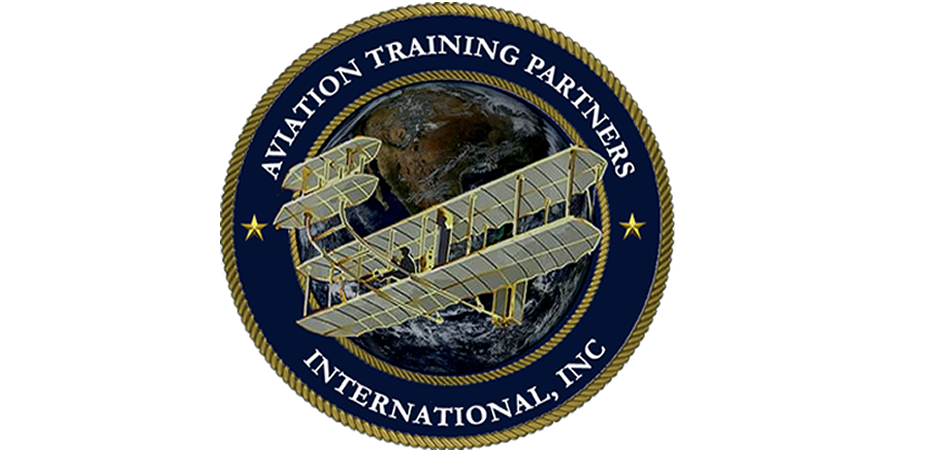"The aviation workforce is underrepresented when it comes to women and minorities," Wilson noted. "There's a whole segment of our population that has not yet been touched and inspired by the bug to fly. There's a deep talent pool out there that can't afford the ticket to the show, not even in the nosebleed section."
Frank Slazer, from the Aerospace Industries Association, said his group is working to create more apprenticeship programs, so young people are learning on the job, thereby reducing some of the financial burden that can accompany the pursuit of a degree. He also discussed reaching out to middle schoolers and encouraging them to choose the Science, Technology, Engineering and Mathematics, or "STEM" classes in high school that will allow them to continue an aviation education into college.
NBAA Senior Director of Educational Strategy Jo Damato, CAM, who attended the symposium, said the event drove home the point that everyone must work together on a solution.
"There are a number of paths people can take once they enter this workforce, but this ecosystem that we all are responsible for is why NBAA needs to be a part of the solution," she said, adding that the industry must be creative in reaching out to young people, and connect with them in ways different than outreach efforts aimed at previous generations.
NBAA, she said, will continue working with regional groups to get the word out specifically about the opportunities available in business aviation by going into high schools and universities, as well as flight schools and technical schools. The association, she added, will continue to work with these local groups on holding career days and other events to showcase the industry, such as a recent event hosted by the Northern California Business Aviation Association, in which NBAA representatives participated.
Damato also pointed to NBAA's Workforce Summit, hosted this summer in Washington, DC. "We already know what we do well to encourage career development, including scholarships, internships and mentoring, and we must find a way to further the awareness of those and other initiatives, to show business aviation as a viable and exciting career path," she said. Read more about the Workforce Summit.
At the recent NBAA Regional Forum in San Jose, CA, NBAA President and CEO Ed Bolen also spoke of the issue and asked industry stakeholders to do their part to strengthen the workforce.
"The future of business aviation looks bright, and technologies on the horizon make this an exciting time to be in the industry, but only if we meet challenges head on and work together to make a difference," Bolen said. "Can you imagine a better place to make your career than business aviation? Our industry is uniquely interesting, uniquely challenging and in a lot of ways, uniquely inspiring. That's who we are."
